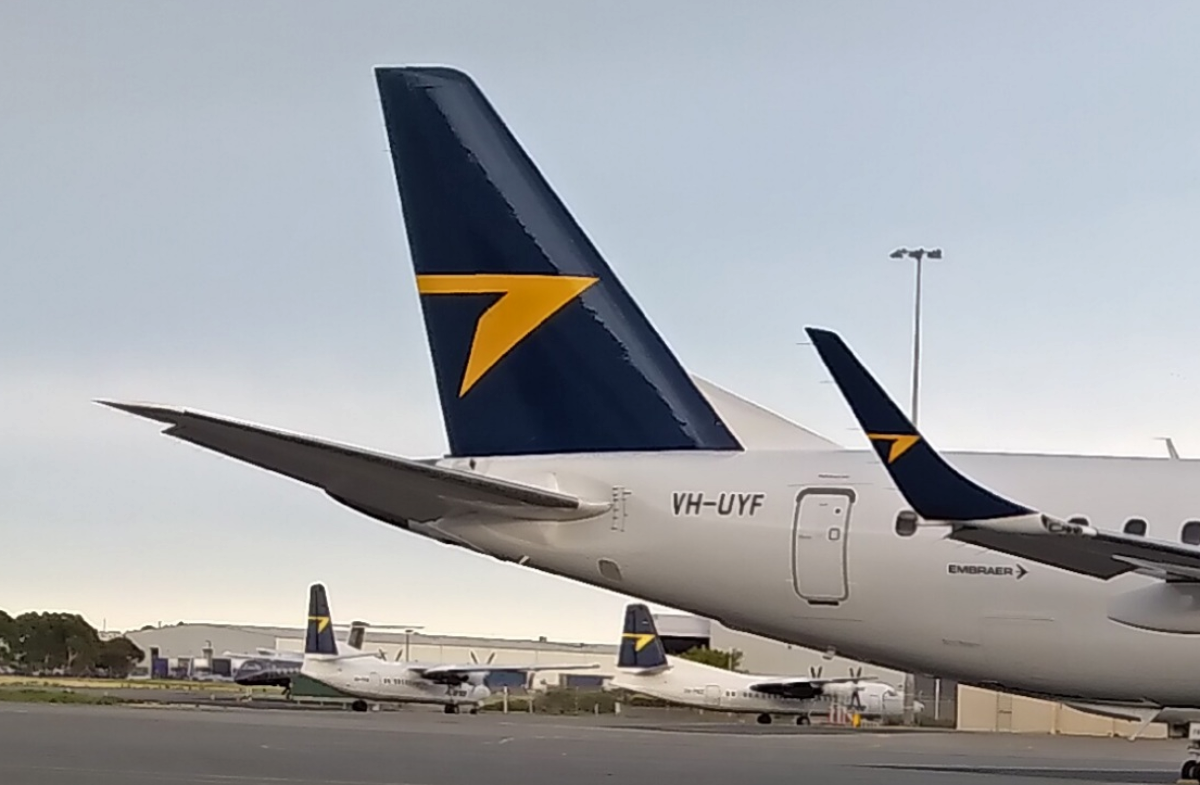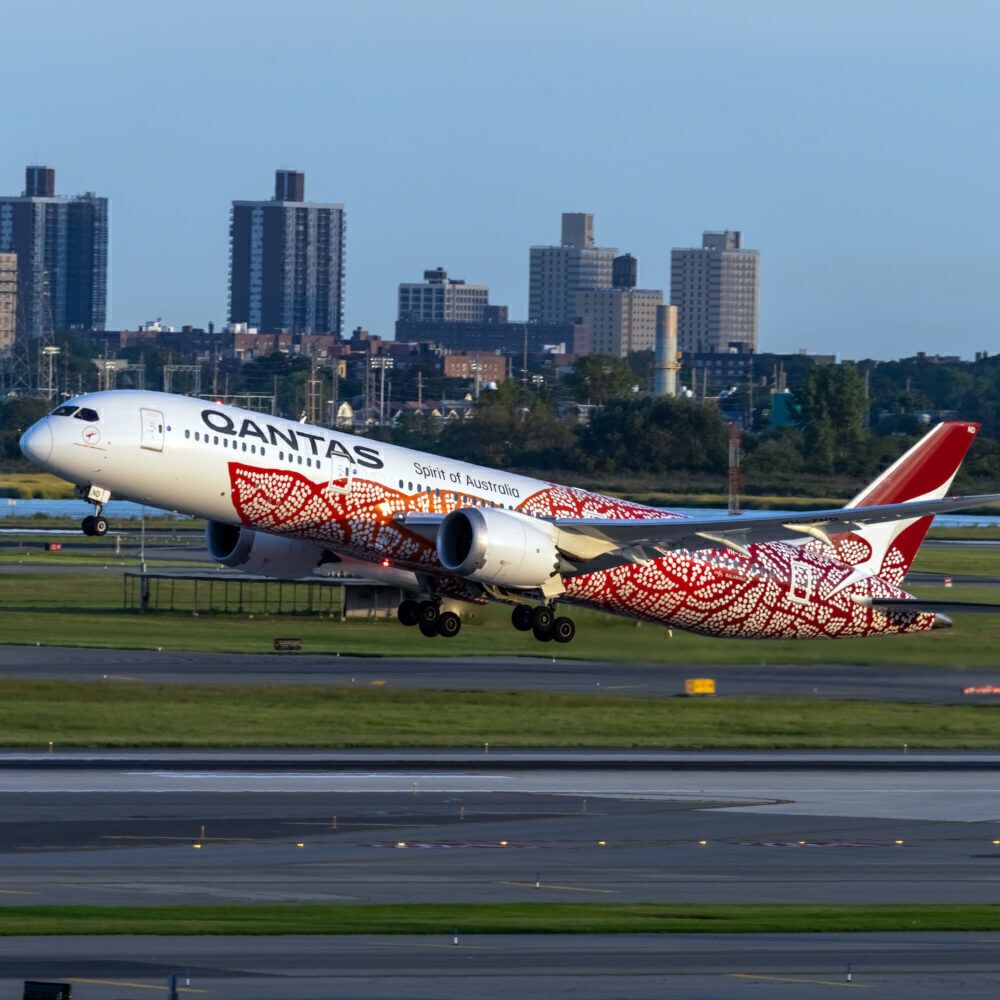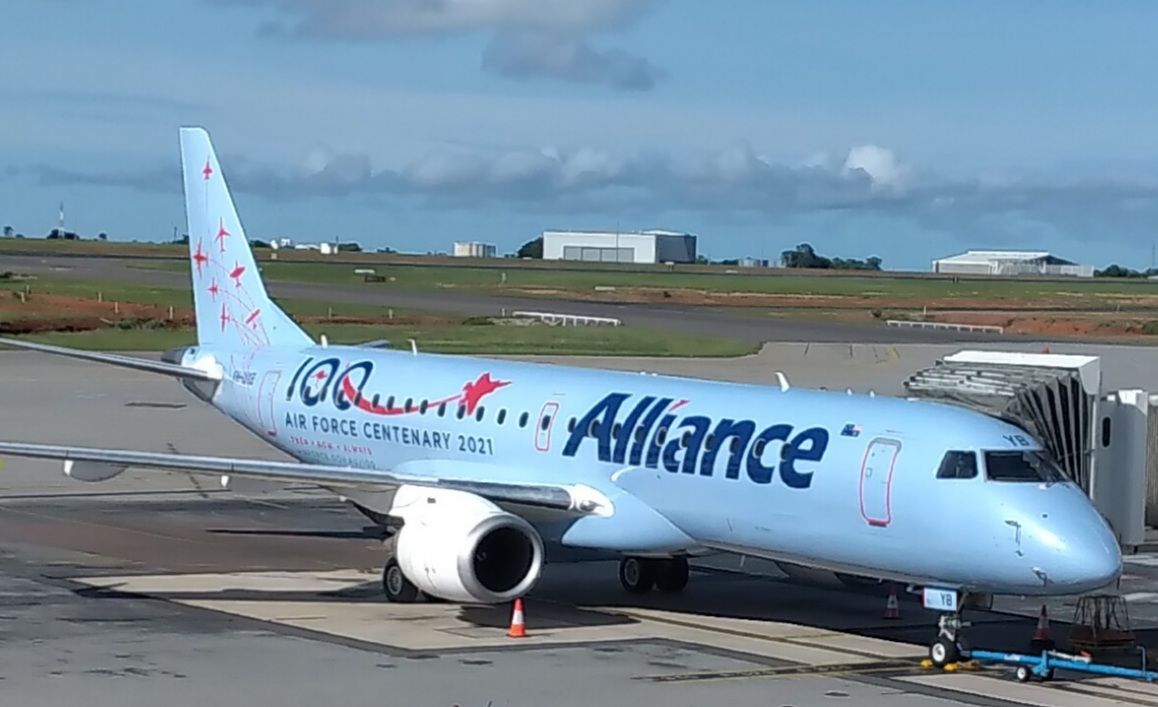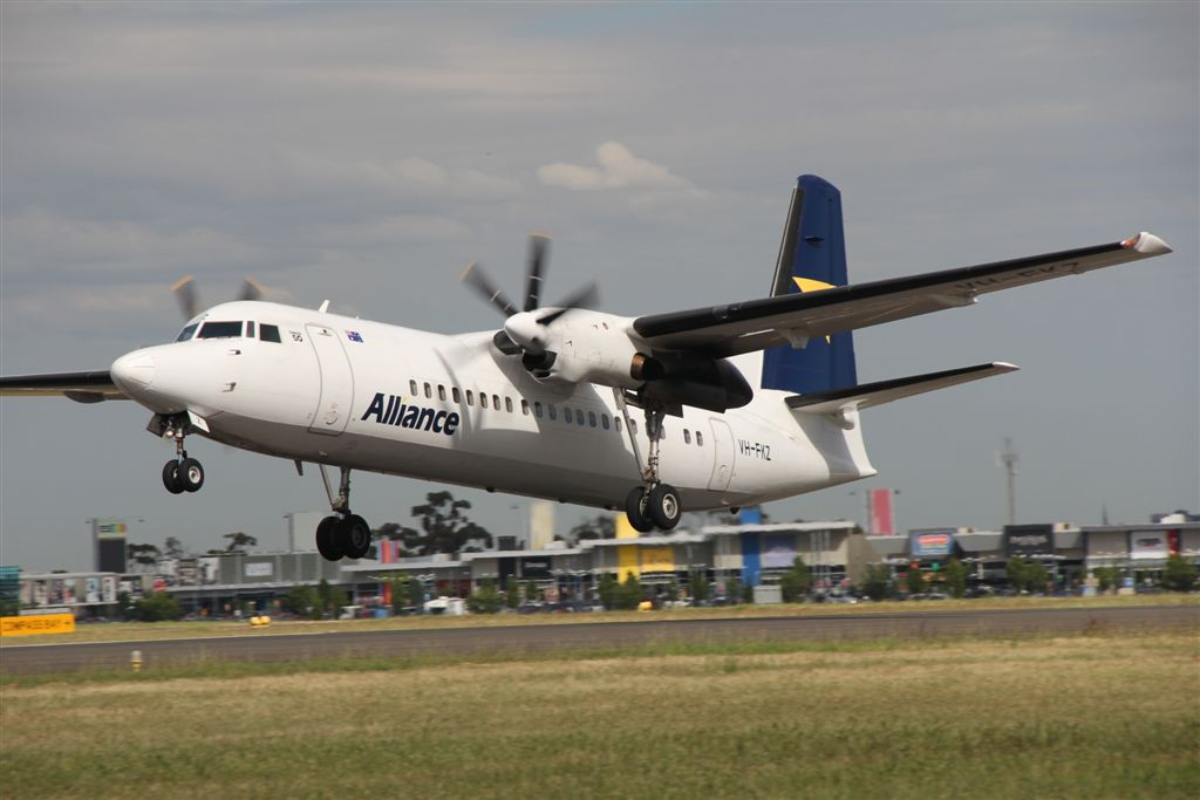Qantas is to buy Brisbane-based fly-in-fly-out and charter specialist Alliance Airlines in an AU$614 million (US$445 million) deal that would see Qantas acquire Alliance's 76 planes and a sizable inventory of spare parts. Qantas already owns just under 20% of Alliance Airlines, but Thursday's deal, which is subject to a vote from Alliance shareholders and regulatory approval, would see Alliance become a wholly-owned part of the Qantas Group.
Qantas to leap from 20% owner to 100% owner of Alliance Airlines
For Simple Flying readers, Alliance is perhaps best known as the owner and operator of 18 Embraer E190 jets already flying (or preparing to start flying) for QantasLink. Additional to being a part-owner, Qantas was already Alliance's biggest customer before the buyout announcement. Qantas' current arrangements with Alliance Airlines will remain unchanged while the bid and approvals process is completed.
Qantas will offer Alliance shareholders AU$4.75 worth of Qantas script for every Alliance share - a 32% premium on Thursday's Alliance share price (that's before news of the takeover bid caused the share price to soar). Qantas' interest in Alliance has been a slow brew. Australia's biggest airline had wanted to snare a bigger slice of the lucrative fly-in-fly-out market that services the mining and resources sectors. That kind of flying is Alliance's core expertise and this takeover is a relatively easy way for Qantas to grab a bigger slice of the pie.
Qantas eyes a bigger slice of the FIFO pie
Alliance's fleet is a mix of Fokker 100/70 jets and 33 Embraer E190s. There are also a handful of Fokker F50 turboprops. The planes aren't glamorous, but they are sturdy and reliable and perfect for Alliance's customer base.
"Alliance’s fleet of Fokker aircraft are perfect for efficiently serving resources customers in WA and Queensland. They also have a big inventory of spare parts that would significantly extend the practical life of a combined fleet of around almost 70 Fokkers," said Qantas CEO Alan Joyce on Thursday.
"The resources sector continues to grow and any new tender for airline services will be very competitive. It makes a lot of sense for us to combine with Alliance to improve the services we can offer, which is a positive for both airlines as well as the traveling public."
Australia's already concentrated airline market shrinks further
While Alliance's shareholders are likely to pick up a tidy profit from the buyout, Australia's competition czar, the ACCC, is likely to be less enthused about the lessening of competition in the already concentrated Australian airline industry. Until drawing a line under the investigation recently, the ACCC had been poking around the 2019 transaction whereby Qantas picked up its 19.9% stake in Alliance Airlines. Thursday's announcement may re-energize the ACCC.
Another big loser is Virgin Australia, which is also an Alliance Airlines wet lease customer. Alliance operates a handful of routes on behalf of Virgin Australia. News of the buyout included the detail that this agreement would end once Qantas assumed full ownership. It's a blow to Virgin Australia and once again highlights the limitations of having just one aircraft type in your fleet - Boeing 737-800 focused Virgin Australia has no aircraft suitable for their Alliance aircraft operated routes.
Qantas advises the necessary approvals to proceed with their planned buyout of Alliance Airlines will take several months to secure.




